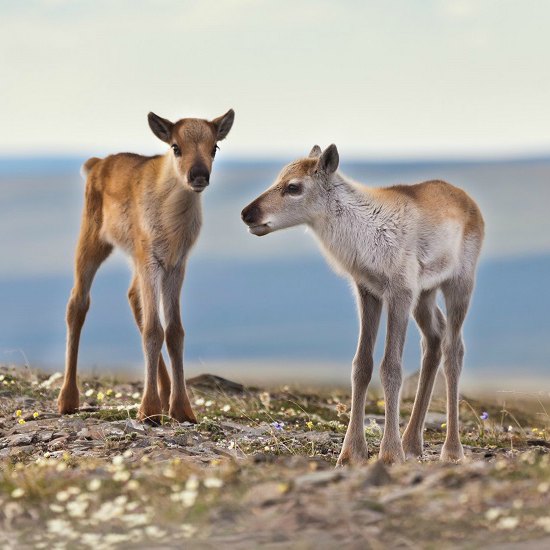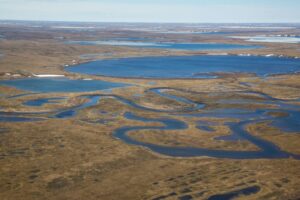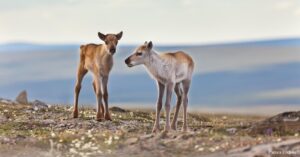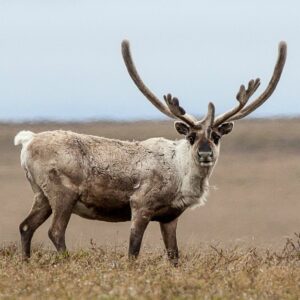
BLM puts drilling before subsistence
The Bureau of Land Management is trying to use its 2017 oil and gas lease sale to undermine protections to the Western Arctic, including vital calving and breeding grounds for caribou and shorebirds. By doing so, BLM puts drilling before subsistence, and other uses and values.
The agency’s lease sale announcement includes a request for comments on opening areas currently closed to drilling in the Western Arctic–also known as the National Petroleum Reserve-Alaska.
BLM knows it cannot legally use the lease sale to open areas protected by the current management plan. Its call for comments misleads the public and panders to drilling interests.
Strong support for keeping some areas closed
This is likely the first step in BLM’s attempt to roll back the 2013 science-based management plan that closed areas to development in order to protect habitat, wildlife, and subsistence activities.
The Department of Interior spent years working with tribal communities, local governments, the State of Alaska, the Western Arctic Caribou Herd Working Group, and the public to create and adopt the current management plan. More than 400,000 sportsmen, scientists, Alaskans, tribal members, and citizens commented in support of strong protections for key areas, such as Teshekpuk Lake.
Western Arctic migration routes, subsistence foods need protection
Teshekpuk Lake provides calving grounds for 40,000 caribou. Alaskans from nearby communities rely on the Teshekpuk Lake herd for food. The area also contains essential breeding grounds for a half million shorebirds every year.
The Teshekpuk Lake region and other designated areas closed to drilling provide essential migration, breeding and calving grounds, and subsistence resources for Arctic communities.
A “drill, baby, drill” agenda
BLM’s action reflects the current administration’s effort to remove the public from public lands. Secretary of Interior Ryan Zinke came to Alaska in May to promote an aggressive plan to open more of the Arctic to drilling and put more of our public lands at risk.

The 22.8 million acre Western Arctic, or National Petroleum Reserve-Alaska, includes important nesting habitat for migratory birds. BLM photo by Bob Wick.
He made it clear that the administration wants to open more areas in the Western Arctic to development—in particular, places like Teshekpuk Lake. Opening protected lands to oil and gas development adds even more stress to areas greatly impacted by climate change. The Arctic is warming twice as fast as the rest of the planet, and already bearing the brunt of these changes.
Using the current lease sale to identify additional areas for oil and gas development disrespects the extensive public process that went into the current management plan—a plan that has wide support. BLM needs to protect important places in the Western Arctic and oppose any effort to undercut protections for Teshekpuk Lake and other designated Special Areas.
Take action now
Tell the BLM to protect the Western Arctic:
- The Wilderness League petition
- The Audubon petition




